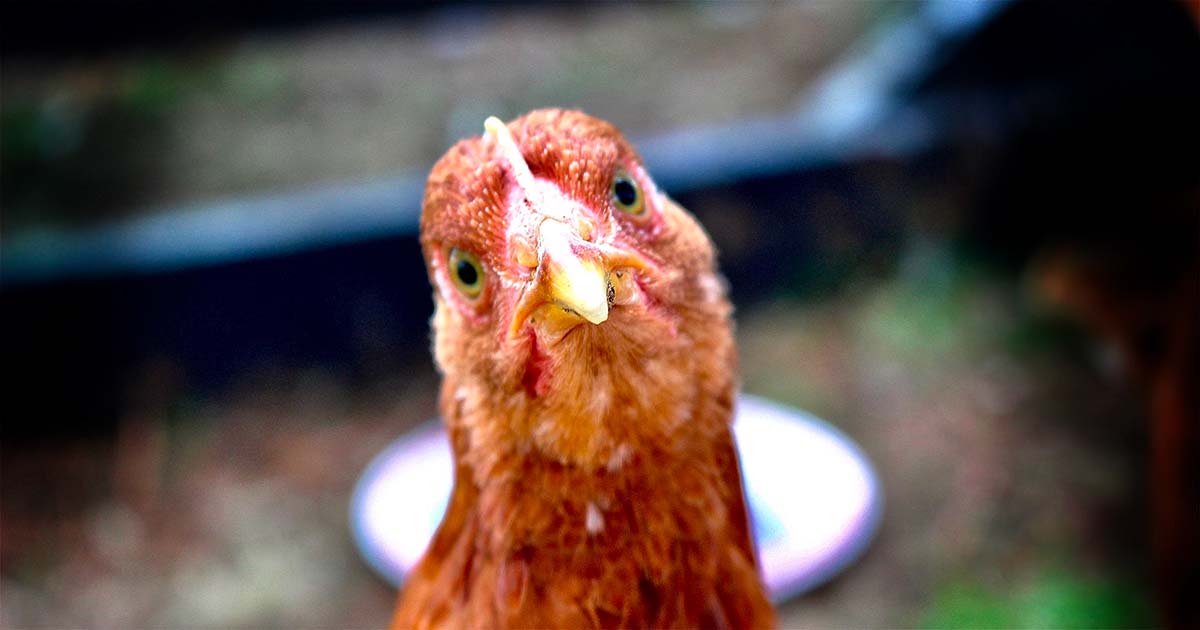What Chicken Prices Could be Telling Us About the U.S. Economy
Chicken prices soar in the U.S., signaling increased production costs, inflationary pressures, robust demand, and potential supply chain strains in the economy.

We can learn something about our nation's economic condition through its marketplace, and in the realm of poultry, the crescendo of chicken prices has everyone listening.
As chicken prices soar to record highs in U.S. grocery stores in October 2023, they're singing a tale of supply, demand, and the collective decisions of millions. But what exactly are these prices telling us about the broader U.S. economy?
The Dynamics of Production Costs and Margins
With major poultry processors deliberately monitoring production to keep margins high, it's evident that the costs associated with poultry production have increased.
Firms will adjust their production in a free market in response to various cost pressures to ensure profitability. The fact that chicken prices are high suggests underlying increases in feed prices, labor costs, or other factors influencing production costs.
The Ripple Effect of Inflation
Inflation has been an ever-looming specter, with prices on many goods and services increasing.
Faced with these rising costs, many Americans are making discerning choices at the checkout. Despite its heightened price, chicken becomes a more economical protein choice than beef or pork.
This substitution effect, a hallmark of consumer response in a free market, points towards broader inflationary pressures in the economy, nudging consumers to prioritize and economize.
Robust Demand Amid High Prices
Despite the cost surge, consumer demand for chicken remains strong. In a free market, heightened prices typically deter consumption. But with projections indicating that U.S. chicken consumption will exceed 100 pounds per person this year—a historical first—it's evident that external factors, perhaps like health trends or cultural shifts, are buoying this demand.
Potential Supply Chain Strains
High prices usually beckon producers to ramp up supply in a well-functioning free market. But with poultry processors treading cautiously, one can infer potential strains in the supply chain. Whether it's disruptions in global feed supply chains or domestic logistical challenges, these high prices could be signaling underlying systemic issues.
In essence, the elevated chicken prices in the U.S. are not merely an isolated occurrence. They're a beacon, a messenger, reflecting the intricate dance of supply and demand, production costs, and broader economic trends. As consumers navigate their dinner choices, they're also, perhaps unwittingly, navigating the nuanced tales of an economy in flux. And in these prices, if one listens carefully, the story of the U.S. economy unfolds.
